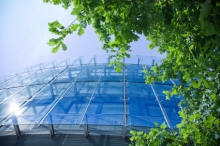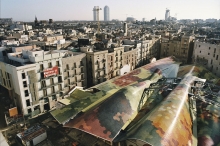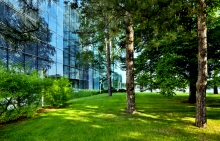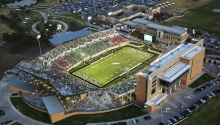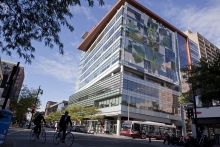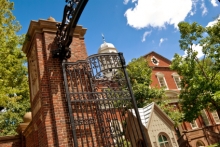American universities have committed to greening their campuses. Three institutions — the University of Michigan, the University of California, and University of Pennsylvania — share their experiences.
Whenever you flip a light switch or adjust a thermostat at the University of Michigan in Ann Arbor, you’re unwittingly interacting with Henry "Hank" Baier, or at least with his department. Baier, Associate Vice President for Campus Facilities and Operations, oversees a city-size infrastructure supporting 80,000 students, faculty, and staff on a 3,200 acre campus with 500 major buildings, including 150 health clinics, three hospitals, two golf courses, and “The Big House,” also known as Michigan Stadium, the largest sports arena in the United States. As Baier sees it, “Energy is the lifeblood of our competitive society.” And by extension, the lifeblood of the university. “Our energy consumption and environmental footprint has become more important at the University of Michigan, because it’s become more and more important to our students and faculty,” says Baier. It’s become more costly, too; Baier’s campus devours $155 million energy dollars every year, meaning the concept of sustainability has become a fiscal necessity as well as an environmental imperative.
